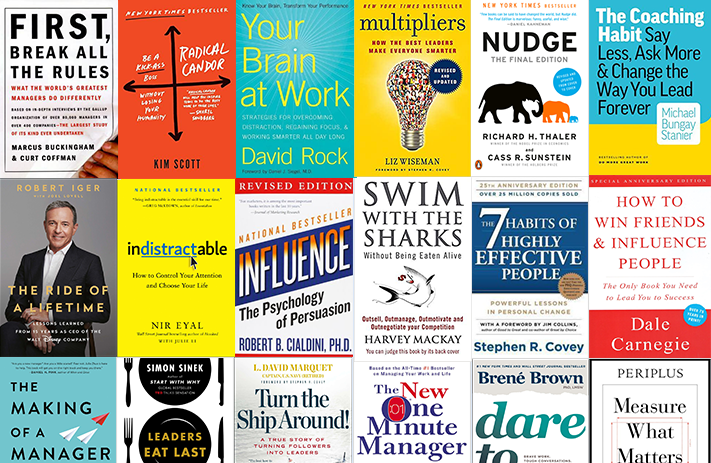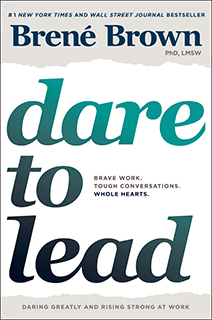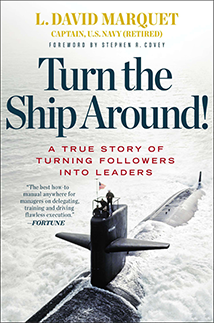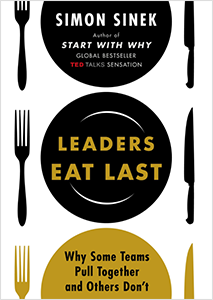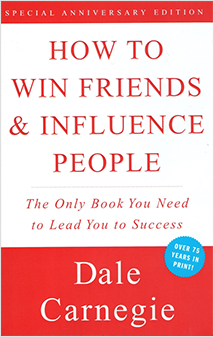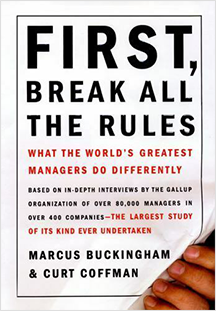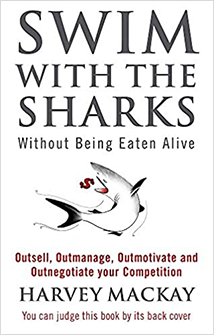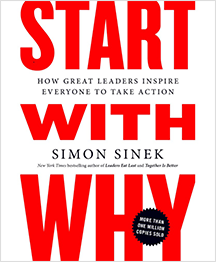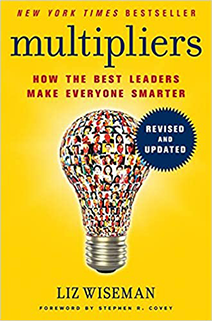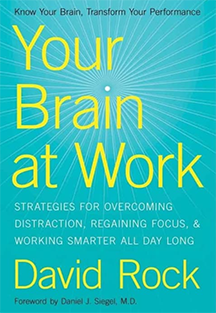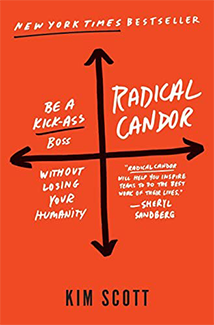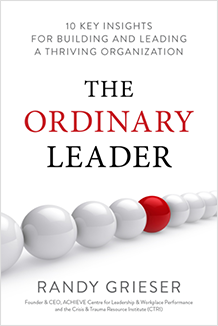Creating an inclusive environment at work yields a wide array of benefits for both employees and organizations. There is now a body of research on the topic suggesting that companies with an inclusive culture and diverse teams have seen a substantial boost in revenue and value creation.
However, it’s safe to say that the COVID-19 pandemic and the remote-first work that came as a result have affected businesses’ efforts to create a more inclusive workspace.
During such trying times, ensuring that people work in an inclusive space is more important than ever, and addressing this need isn’t necessarily a straightforward task. In this article, we’ll discuss exactly how organizations can embrace their employees and help them feel cared for and included at work.
Let’s dive right in, shall we?
What does an inclusive workplace look like?
The end goal of creating an inclusive workspace is to make every employee feel appreciated while also taking their differences into account. Similarly, it’s crucial to understand how these differences contribute to the organization’s success. To achieve this, businesses must aim to negate any bias towards their least represented workers.
As a result of successfully implementing inclusion practices, all employees will feel that they can bring a valuable contribution to the company’s success. Plus, an inclusive workspace should foster a sense of mindfulness regarding the type of issues that different people might have to deal with, as well as how these issues impact their quality of life and performance at work.

Why inclusion matters more than ever
The global pandemic ushered in a new world of remote work, which has forced unprecedented changes in all of our lives. However, it’s important to mention that various groups of people have felt these effects more than others.
Now is the time when organizations should take care of all of their employees, especially the ones from underrepresented communities.
In an office setting, taking care of each other is more seamless than in remote environments. It’s much more effortless to speak to people, ask them about how they are, and observe their behavior for signs of stress or depression. Working remotely has made these interactions more challenging, which means that both individuals and organizations should take the necessary steps to express care and support.
Inclusion can’t be backed exclusively by systemic or individual efforts; it must always be a combination of both. This way, a company can rid itself of both conscious and unconscious biases in formal and informal processes.
Below, we’ll take a closer look at the steps you can take to contribute to establishing an inclusive environment at work, both from an individual and a systemic standpoint.
1. Create space for non-work chat
Creating an inclusive environment strongly depends on building meaningful relationships. To do this, it’s essential to build trust with the people who work with you, understand their struggles, and share more about your own weaknesses and vulnerabilities. This will enable your employees to express themselves freely and feel understood. While it does seem like a very broad task, there are quite a few things you can do to express care.
Embrace the opportunity to share
Speaking about your vulnerabilities as a leader, manager, or C-suite officer is meant to inform your colleagues that they should feel free to do the same.
People from underrepresented communities have most likely had to deal with indifference, misunderstanding, discrimination, and microaggressions, which often makes them reluctant to speak about their issues. It’s extremely important to let them know that you’re willing to learn about their experiences and take them seriously.
Doing so also provides you with the opportunity to learn more about them and get to know them on a personal level. People enjoy speaking about the things that drive them, they also love feeling heard when they can open up about their vulnerabilities.
It’s also essential to learn about the effects of the pandemic and self-isolation on their wellbeing, which brings us to PEI check-ins.

Physical, Emotional, Intellectual (PEI) check-ins
As we mentioned above, it’s much easier to interact with your colleagues in an office. A work-from-home setting strips us of a wide array of interactions with our coworkers, making it harder to learn about how a person is feeling—this is why it’s imperative to have regular PEI check-ins.
Asking people about how they feel in a casual way is an important tenet of an inclusive environment. As a leader, you should allot time every week to learn how people feel physically, emotionally, and intellectually. These check-ins should be less of a formality and more of an opportunity to remind people that it’s okay to feel unwell during such trying times.
PEI check-ins can be held during work-related one-on-ones or outside them. If you opt for the former, make sure to start your call with the PEI update rather than leaving it for the end of the meeting. Avoid talking about work altogether, place the person’s wellbeing at the center of your focus, and listen intently. Being genuine during these conversations is paramount. If these check-ins feel like a mere formality, they’ll defeat the purpose of building a connection with your coworkers.
Bear in mind that open-ended questions are much more efficient in understanding how a person feels compared to close-ended ones:
- Are you feeling okay?
- How are you feeling?
Notice how the first question can only be answered with “yes” or “no,” and it’s at the person’s discretion whether they’d like to elaborate on their answer. By asking an open-ended question, we express our willingness to learn about how a person is doing.
Give people what they need
Aside from learning how people feel, it’s important to understand how you can help improve their wellbeing both within work and outside it. It’s safe to say that as a leader, you can’t effectively create an inclusive environment if you don’t really understand the issues that your colleagues are dealing with.
Consider making some thoughtful changes to your workflow that will make everyone just a little happier collectively, but don’t hesitate to learn about every individual’s needs and make adjustments accordingly:
- Ask your colleagues about the things that distract them or about the challenges that prevent them from being present at work;
- Consider making your meetings a few minutes shorter. Many people find social interactions hard in general. A bit of extra time will help them decompress and allow them to prepare for the next call. While this doesn’t seem like much, it means a lot to the people that need it;
- There’s a chance that there are people among your employees or team members who are “onlys” (the only person from a particular community). Often, they may feel left out or demotivated to speak about their issues or challenges. Make sure to spend some time chatting with them to learn more about their experience and how you can help them feel included and safe at work;
- As a leader, it’s essential to be willing to have challenging conversations about the mistakes you’ve made when interacting with underrepresented communities at work if you’ve done so. State your desire to learn and invite people from these communities to share their perspective and teach their colleagues how they can improve in this regard;

2. Identify communities that are most vulnerable to remote work
While supporting employee mental wellbeing is central to an inclusive workspace, it’s important to identify other ways of improving your colleague’s quality of life. Both short-term and long-term improvements can contribute to this goal.
Financial support
There is a variety of reasons why particular employees might need financial assistance during the pandemic—it’s important to learn about every person’s struggles and understand how you can be of assistance. Take a moment to think about the people that don’t really need extra income, but rather need reassurance that they won’t unexpectedly lose their jobs.
Here are a few suggestions:
- Offer hazard pay for your most vulnerable employees;
- Make a commitment to protect your employees’ jobs and income for as long as possible via flexible hours or shorter work weeks;
- Offer additional paid time off for the employees that need it most, like seniors, for instance;
- Join forces with other businesses or industries to help your employees find additional income sources;
Adjusted workflows
For many people, working remotely means that there will be a significant overlap between their professional and domestic responsibilities, and dealing with both can be pretty challenging. There is a variety of things an employer can do to assist them:
- Allow children to participate in meetings to relieve the stress some parents experience;
- Allow employees to define their own work schedules, so they can juggle both domestic and work-related responsibilities more efficiently;
- Offer logistic assistance to provide the right software and hardware for employees with disabilities;
- Offer flexible hours or extended paid care for people with care responsibilities;

Mental wellbeing through tech
Never hesitate to provide your colleagues with psychological support through apps and online resources. While expressing care personally is an essential part of an inclusive workplace, people will benefit greatly from additional resources that will help them deal with anxiety, depression, and solitude.
- Offer a package of mental wellbeing products like meditation or psychological support apps. A great addition to this would be tools and webinars on dealing with anxiety and depression;
- Ensure that your colleague’s work schedules are respected at all times to avoid remote burnout;
- Focus on maintaining your team’s spirits up via virtual happy hours and similar activities;
Adjusting jobs to individuals
We can’t really predict how long the COVID-19 pandemic will continue affecting our lives. Therefore, it’s essential to think about longer-term strategies to protect the vulnerable communities in your workforce. Here are a few things you should consider:
- Stay committed to remote work. Working from home is gradually becoming the new standard for the vast majority of office workers. Committing to continued remote work will allow your company to reduce the gender pay gap, create a better environment for people in the LGBTQ+ community, and grow your representation of people with disabilities;
- Consider offering non-transferable paternity leave. Remote work has made substantial changes in family roles. As an employer, you can help support this shift in perspective by allowing both parents to take paternity leave so that children can have the support they need. This enables both men and women to take their caregiving responsibilities seriously, as well as stimulate men’s participation in care work;
- Continue investing in your employees’ mental and psychological wellbeing through PEI check-ins and technology;
Better HR processes
As your company invests more time and effort into creating an inclusive culture in a remote environment, it’s essential to make changes in a wide array of human resources processes:
- Reevaluate hiring, pay, promotion, and termination. Your employees’ quality of life has changed drastically since the beginning of the pandemic, so has yours. Approach any decision regarding their employment and pay with this in mind and make the necessary adjustments to evaluate their work with their mental and psychological wellbeing in mind;
- When reevaluating these facets, make sure to have a diverse crowd voice its opinion on these changes;

3. Lead by example
It’s essential to take into account that your efforts in building an inclusive culture won’t automatically translate onto the rest of the company. The results of your inclusion policies will rely heavily on your leaders and higher management. A study published by Gartner suggests that about seven out of 10 employees think that the companies they work in fail to inform them about the means of promoting inclusion.
It is essential that everyone in the company is encouraged to value every employee’s contribution by expressing care for one another, advocating for respect and equality, as well as playing an active part in their colleagues’ growth and success.
To ensure that the inclusion strategy is successful, it’s important also to visualize what success exactly means in this regard. HR leaders should invest quite a bit of time and effort into translating what inclusion means on both a theoretical and a practical level.
There is a wide array of things that an inclusive management can do to promote these values in the rest of the company:
- Make open commitments towards inclusion and ask your colleagues to hold you accountable. This will help promote the cause and motivate fellow workers to take part in such commitments;
- Motivate your colleagues to participate in various inclusive practices, which they will commit to on a weekly basis;
- Promote fairness within your team. Make sure to give credit to the people that came up with a solution to a problem and always return the conversation to the person that was interrupted. It’s also important to spot people that are typically passive during meetings and help them join the conversation to make their voice heard;
- Set an example by becoming a true ally of members of underrepresented communities at work. Consider calling out male-centric work culture and language, as well as instances of non-inclusive and unfair behavior;
- Be curious about other people’s experiences and seek to learn from them. While this may sound like a straightforward thing to do, it does demand a fair amount of mindfulness and intention. Listen carefully to what your colleagues have to say and prevent interruptions, especially when it comes to members of underrepresented communities. Actively seek out their opinions on work-related matters so that they can share their perspective on things;
4. Remain committed to the cause
The focus of our article revolves around building a long-lasting inclusive culture in your organization, and it’s important to underline that a mere one-shot diversity training simply won’t cut it. As a leader, it’s essential to opt for changing behavior rather than just informing your coworkers about inclusion. Your efforts should be organization-wide and conducted over a long period of time.

- Your company’s C-suite officers and board members must show their public support for inclusion policies, incorporate diversity and inclusion in the company’s purpose, and take responsibility for the success of these changes;
- Aside from showing its support for the cause, the higher management itself should become a diverse and inclusive space. Increasing the number of people from underrepresented communities that are part of the strategy process is instrumental in building and maintaining a diverse and inclusive culture;
- It’s essential to rethink and reform the hiring and selection processes since they can often increase bias. For instance, often, jobs are advertised exclusively to graduates of certain universities. Another common issue is that managers very rarely select people from minority groups for client-facing or revenue-generating positions;
- Set clear and measurable inclusion-related objectives for your managers. A few examples of such goals are employee engagement, equity, and psychological safety. To ensure that these objectives can be measured, consider setting KPIs for each of them;
The bottom line
The vast majority of businesses around the world have suffered from the uncertainty that was brought upon us by the global pandemic. However, there’s no doubt that employee experience should be at the very top of your organization’s priorities.
Investing time, money, and effort into keeping your employees happy and cared for is essential for talent retention, higher productivity, and overall business success.
Let’s do a quick recap of the steps higher management, leaders, and individuals should commit to in order to create a more inclusive environment at work:
- Make some space for non-work chat. Even providing people with the most basic emotional support can be extremely useful when done genuinely. Ask people about how they feel, and listen carefully. Learn more about the troubles they’re going through, understand how you can help, and don’t hesitate to normalize sharing by telling people about your own vulnerabilities;
- Identify the people that need extra support and provide them with the additional financial, emotional, and technological assistance to improve their quality of life;
- Call out exclusive behavior and lead by example. Inclusion is more than just company-wide memos and seminars. It relies on the dedication and mindfulness of individuals;
- Inclusion is not an end goal. It’s a continuous and long-lasting transformation process.

























